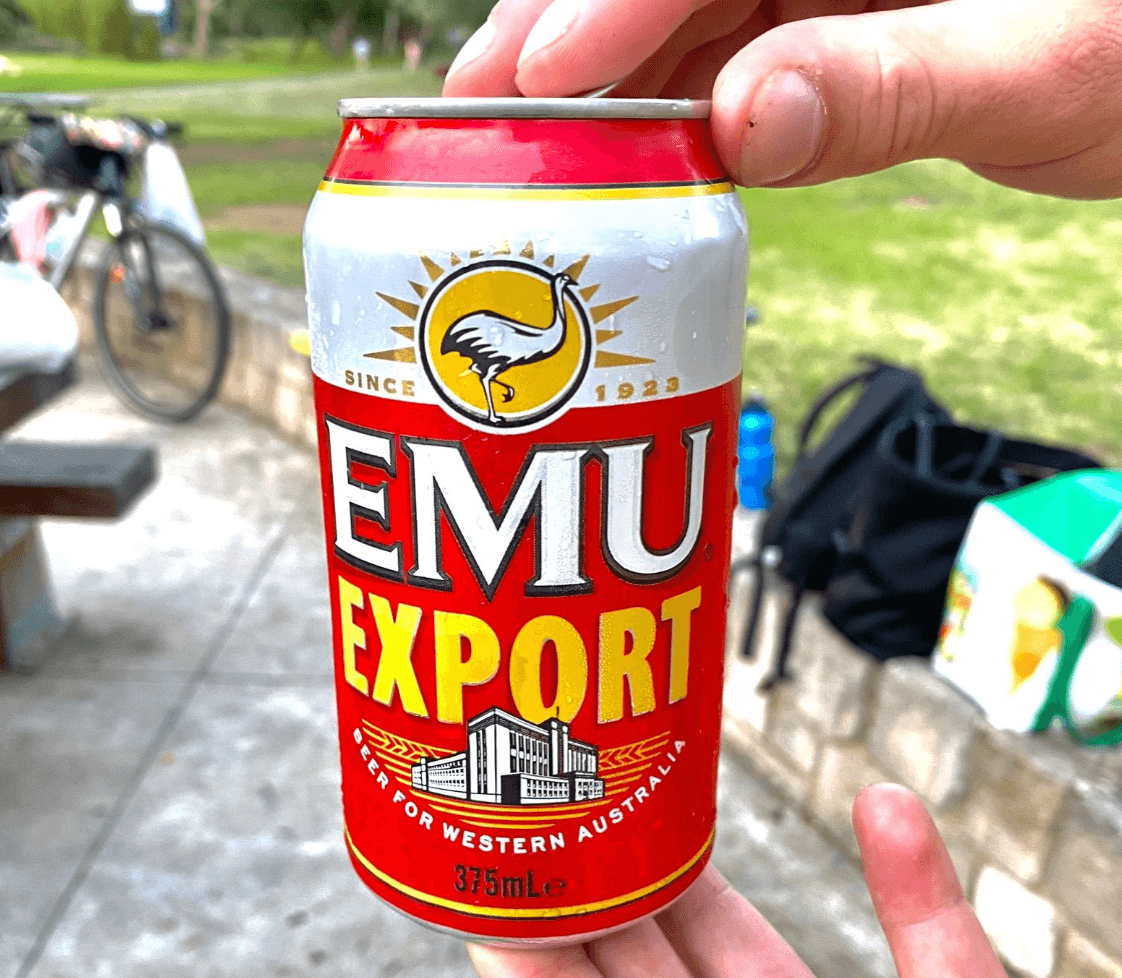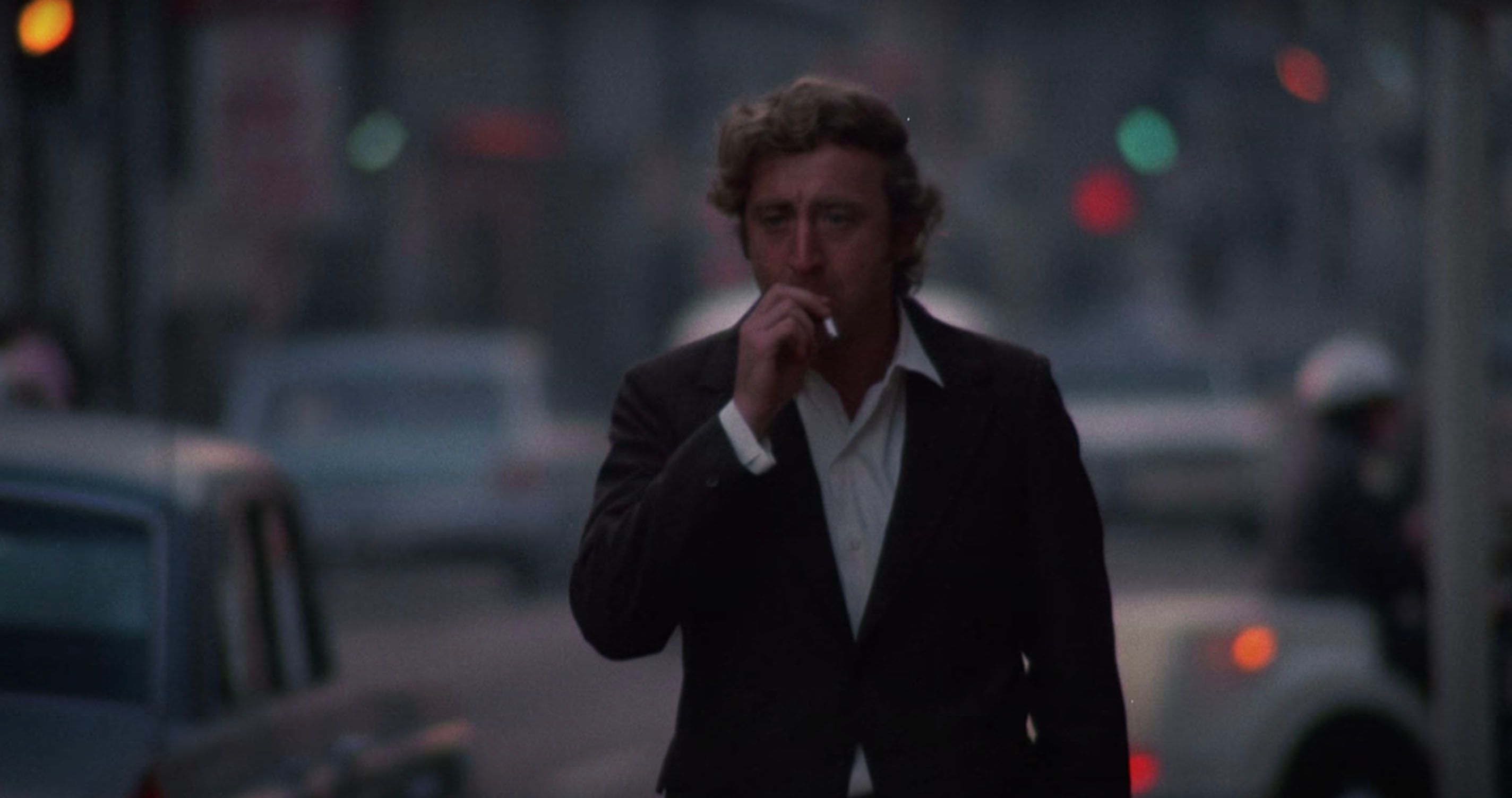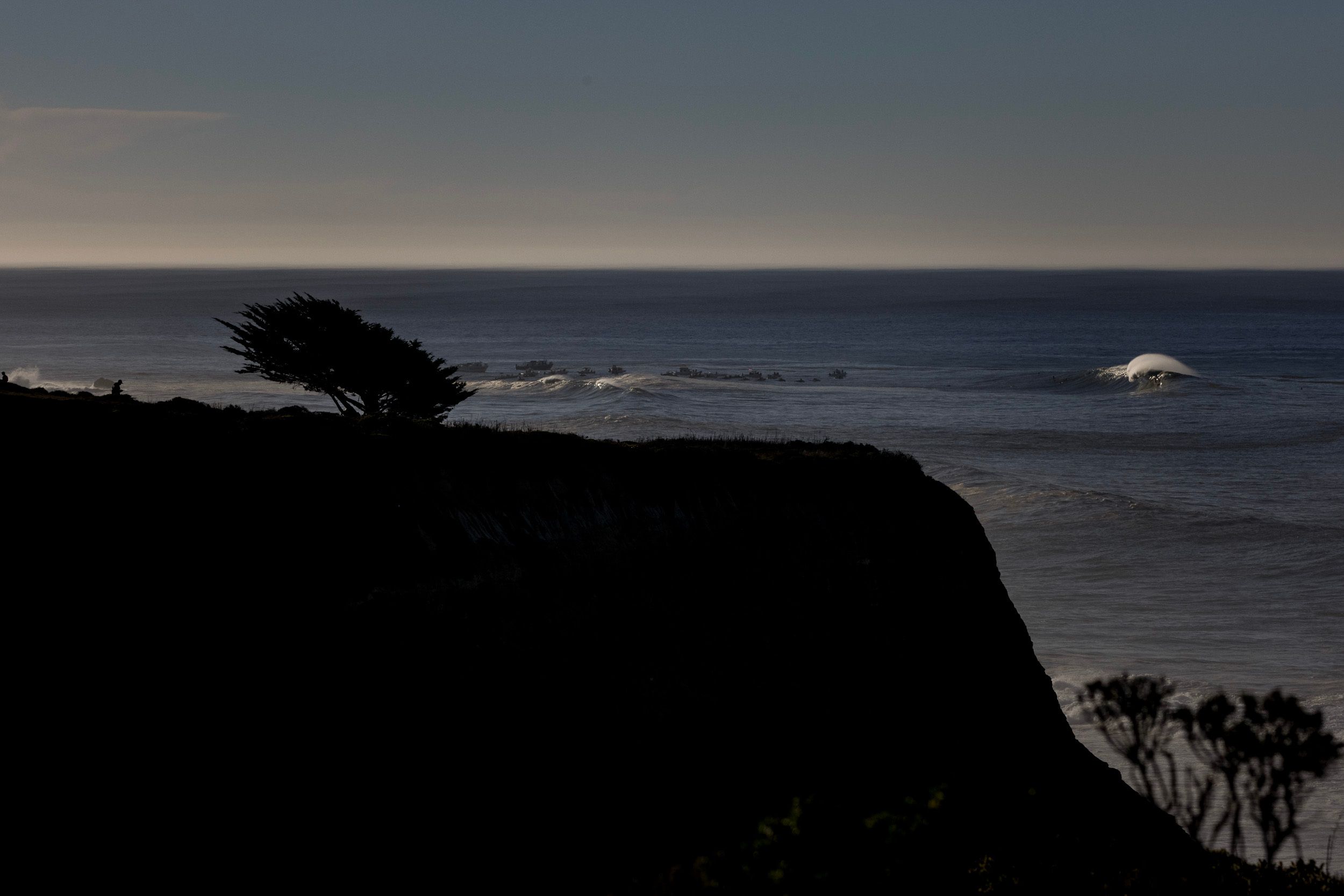The Work
“For thirty-five years she’d been inspecting her corn with Mendelian patience, receiving no encouragement or feedback on her work, just showing up every day, involved in her own process of discovery, forgotten by the world and not caring. And now, finally, this, the Nobel, the vindication of her life’s work, and though she seemed pleased enough, you could see that it hadn’t been the Prize she was after at all. MacGregor’s reward had been the work itself, the daily doing of it, the achievement made of a million unremarkable days.”
It would be rude not to

Since I’ve spent a considerable amount of time back in my home country this year, I’ve been noticing the little phrases that slip into conversations, that I’d never heard in California.
One phrase that I would never hear in the States is “it’d be rude not to.” Roughly translating to: “Yes, since it would be impolite to refuse.”
I have no idea where this originated from, or how long it has been percolating in the culture, but I’ve noticed it pop up quite often. Like most Australian slang, it’s sort of related to drinking, but also everything too. In Australia, ‘having a cold beer’ complements any other topic, from philosophy to tax codes.
Of course, it’d be a bit rude to turn down a cold beer that’s been offered to you, but it’d also be rude to turn down most invitations right. So, in a strange way, this meme acts as a principle, gently nudging Australians to accept, do, follow along, keep going, include, share, give. All that good stuff. Stoking that community feeling.
I doubt it’s had that much, or will have that much influence on behavior, but it’s sort of telling to me that I would never hear an American call someone out for “being a bit rude”. Rudeness is sort of boiled into that free spirit, and in many ways celebrated. In Commonwealth countries, for better or worse, it’s better to fit in, don’t raise too much trouble and accept the beer you’re handed. It’d be rude not to.
Week 3 at the velodrome: Defeat
“Go slow on the first lap, and keep an eye out for snakes.”
So began Week 3 of track practice at the Narrabundah velodrome. I’m not surprised snakes like to sleep on the track, at 8.45 it was already scorching hot and you could feel the heat sucking into the ground. I shudder to think what this place is like in January.
The theme of today’s lesson was centered around the team pursuit. Like individual team pursuit, you are trying to cover a distance as fast as possible - something like 4km, but with a team, you can help each other: mainly the rider on the front can put in a hard effort and the rest can draft behind. I think the rider on the front is likely doing 800 watts and the rest are doing 600, but that sounds almost impossible.
So, the basic skills you need are: sticking to the wheel in front of you, and rolling off the front. On the road, in a bunch, ‘rolling’ is fairly simple, you move over to your left. On the track, the rider starts to follow the corner around and then slingshots themselves up the bank and uses gravity to drop down onto the back wheel. Like everything on the track, it looks fairly easy from the bench, mind boggling from the bike.

I wouldn’t say that I sucked at this, but, using a growth mindset: “Staying on the wheel has been challenging for me.” “I haven’t learnt how to ride up the bank yet.”
For the first time in a long time, I sat out and watched the rest of my group smoothly take turns around the track. I didn’t feel embarrassed, or completely defeated, more puzzled about why I was having trouble with this thing in particular. I think I push myself in a lot of ways, but it’s been a while I’ve come up against something that really blocked my path mentally and physically.
So I spent a while watching the others, asking questions. When you stand in the middle of the track, the novice cyclists in my group look sluggish, like little toys getting pushed around. So simple, around and around. On the track - since I have so little experience, my brain is flooded with all kinds of crazy stories, about what I can and can’t do, what is going to happen. Some cyclists were really all over the place, but no one looked too worried. I start to think this is more of a mental block than a physical one.
After the session ended, Carlos, one of the instructors generously offered to ride around with me so I could practice sticking on his wheel. “You think fast is safer, go fast and you’ll be alright, that’s the only skill you have. You need other skills.” I agreed.
Riding shoulder to shoulder with Carlos and keeping a steady, smooth pace, I realized most of my fears - like running into the person in front of me, skidding down the hill, clipping my pedals, riding shoulder to shoulder, were related to the fact that I couldn’t easily slow myself down, or I wasn’t comfortable riding slowly around the track. I want to go fast (because I don’t know how to go slow).
Two tips that helped:
Keep to the right: If you are riding behind someone, you should always keep your wheel a bit to the right. So if they do suddenly slow down (unlikely), they will move back on your left side. And if you need to ‘escape’ you have a huge swath of empty track on your right hand side.
Soft pedaling. A helpful mental model of a fixed gear track bike: It’s like a furnace, that’s powered directly by you. You shovel some logs in (putting some power into your pedals), bike goes fast. It also continues to go fast. Like a furnace, those logs will keep burning for a bit. In fact, you can speed up on the straight, and your rear wheel (the one connected to your pedals) will happily send you through the corner. That was also relaxing, I know that my momentum will keep me moving, I don’t need to be constantly putting in massive effort.
Week 2 at the velodrome
I arrived early, as they asked last week, so I’d have time to put my pedals on my bike and get a few laps in to warm up.
One of the coaches offered to lead me around and I peppered her with questions and concerns.
“I’m worried about running into someone.”
- You have to learn how to quickly slow down and speed up, without stopping.
“Do I have to lean?”
- If you are moving at a decent, steady speed, you don’t have to do much.
“Last week my pedals hit the ground.”
That’s a bit scary, but you were probably moving too slow. Also your pedals are big, so there’s less clearance. But look at my feet, see how much clearance I have when I corner.”
- Get on the drops.
Look ahead. When you’re on the road and going through a corner, you’re not looking at the stop sign you’re looking 20m past it right? I hope so…
Learning a new skill like riding a track bike very fast around a steep concrete velodrome is like learning the rules to a new game. At least for me, I’m quickly trying to find some basic principles, some guardrails, paint a border around all the things I need to know.
For track, you can use this basic framework with starting, rolling and stopping. A simple rule for each.
Starting = Bum on seat before you clip in, and pedals in a good push off position. Rolling = Don’t stop pedaling, and go fast. Stopping = Learn to back pedal or use the track to slow down.
Today we did some more drills, riding side by side, taking turns at the front and following each others wheels, all which feel extremely precarious to me but I’m sure look tame from a spectators angle.
We end each session with a different sort of race, last week being the quintessential time trial. For the time trial, I made a mistake and didn’t come to a stop before my lap so I was DQ’d and I followed my rebellious pattern this week. It was a scratch race, with about 6-7 riders in each group. You do 6 laps, first person over the line at the end wins. The first group was much more tactical (they had some better riders), and there was a lot of changing positions, looking around, and a final sprint where someone from the back came around to win. My group started off a lot slower. I realize writing this, I’m pretty bad at formulating a strategy on the fly. So the first few laps I’m near the back. I don’t feel comfortable riding too high on the bank so I’m wondering how I can move to the front. On the next lap, I decide to ride around to the front, but after getting up some speed I start sprinting. So I sprint my guts out for 3 laps, just hoping I can keep up enough speed.
I glance back a few times and don’t see anybody close, I know there’s two very strong riders who will eventually get me, and of course, 1/4 length before the line, one swoops down almost apologetically and wins.
Afterwards a few people congratulate me for an impressive breakaway performance, and ‘attacking at a perfect time’. I suppose a -non-thinking- move can be seen as strategic (in business, life)… actual strategy only emerges after you have to make those moves (and win) again and again.

